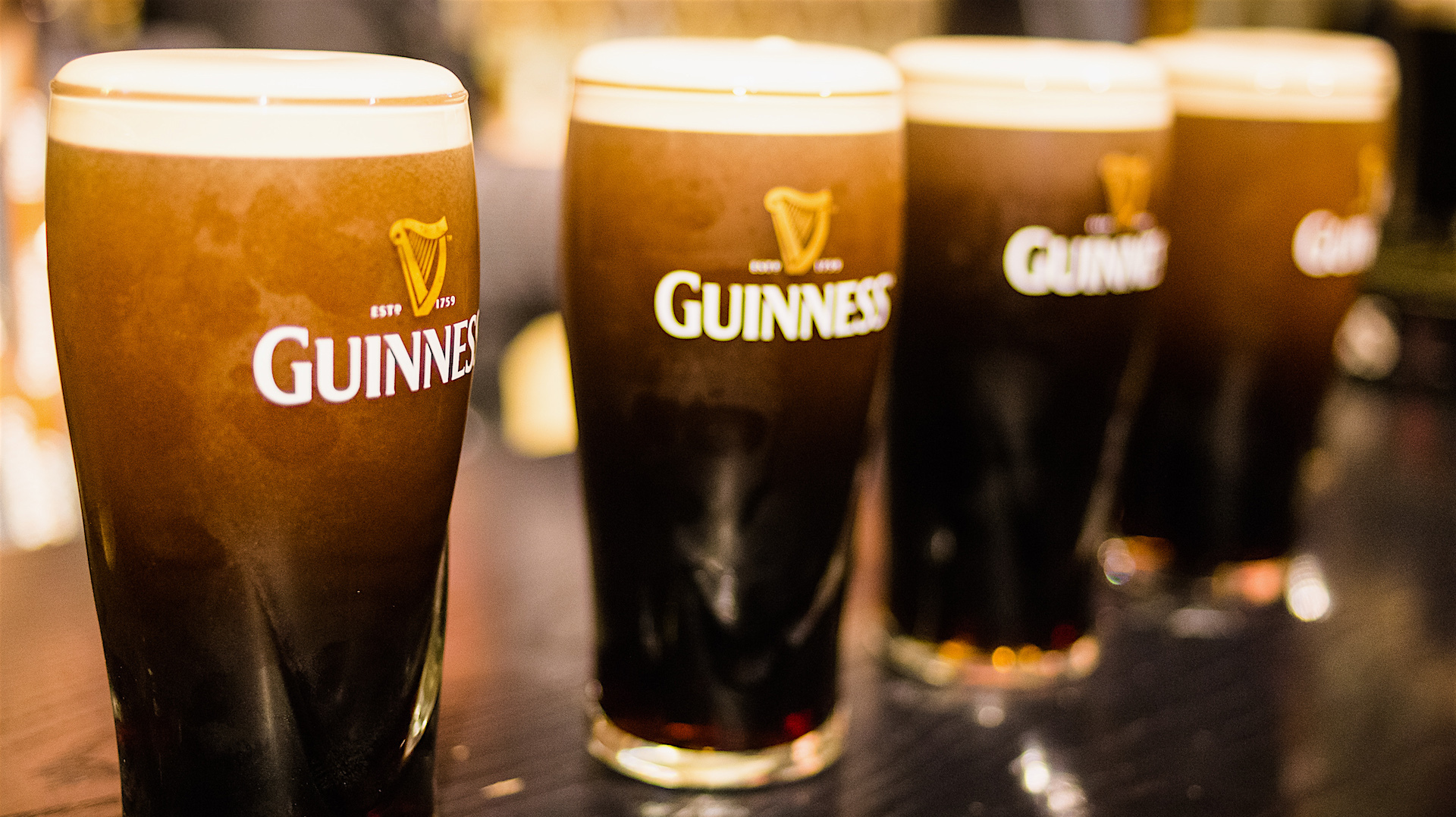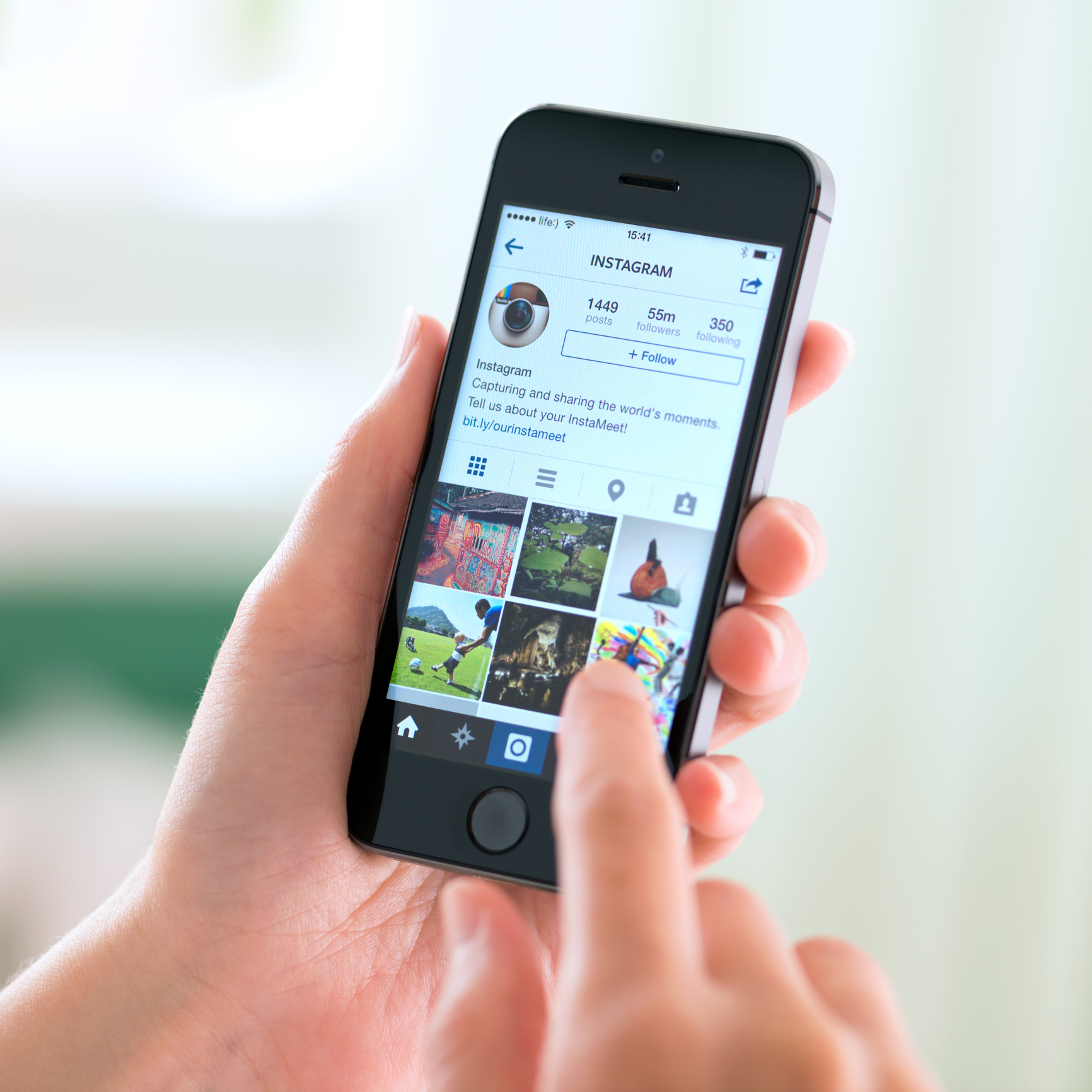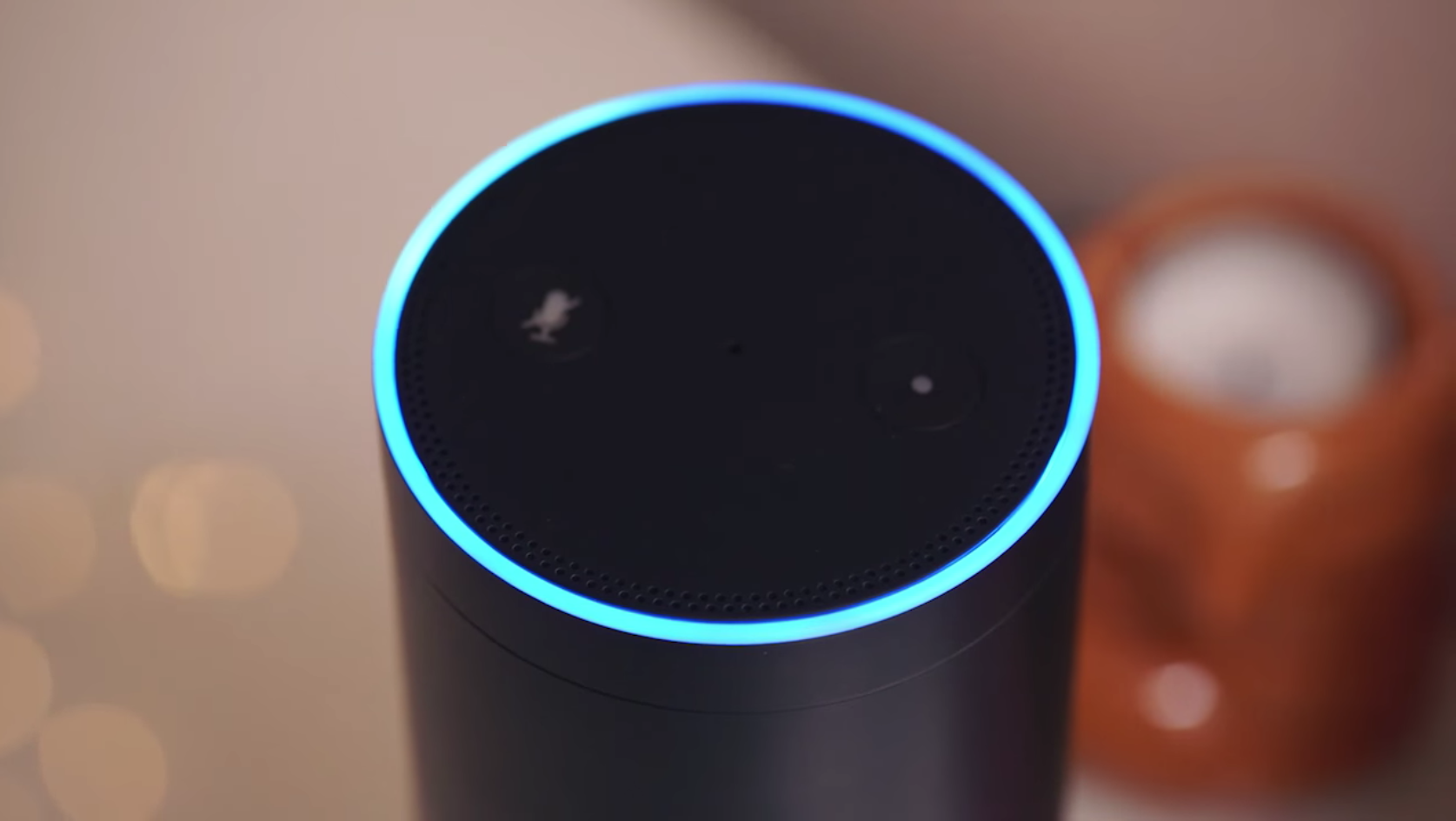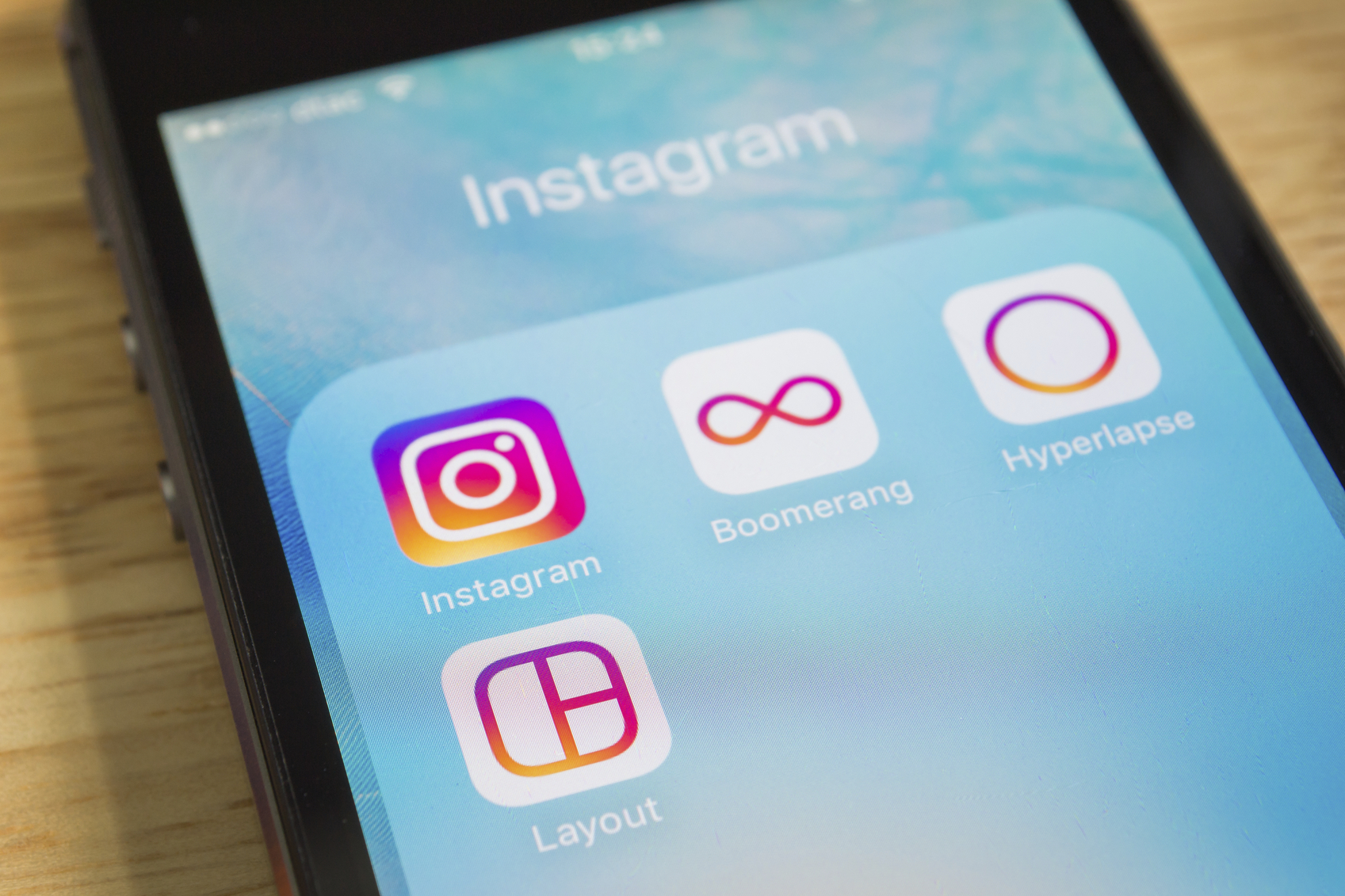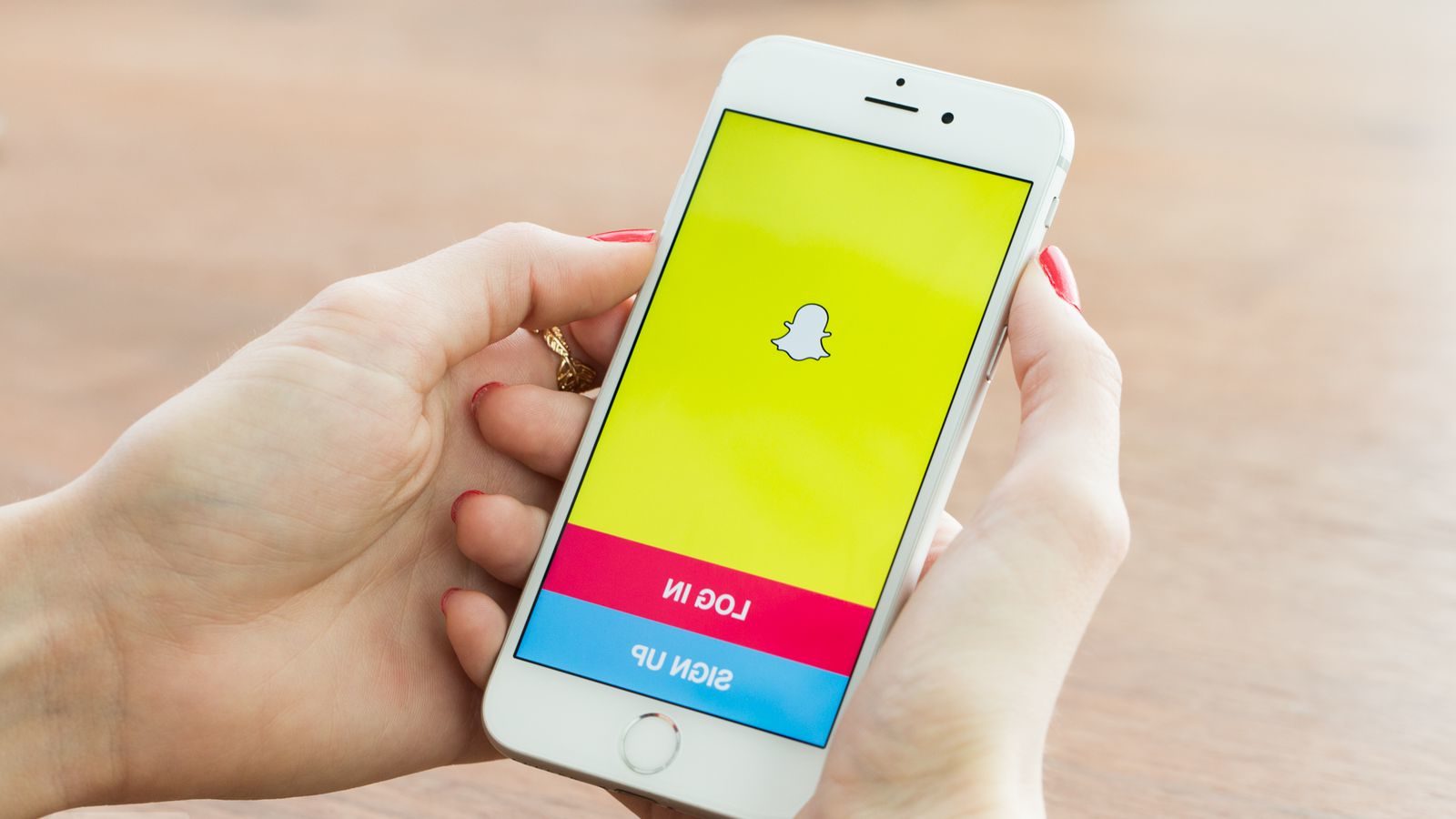Google is set to kick off its 2017 I/O Developer Conference on Wednesday to announce some of its latest software and hardware news. As with years past, the Lab has been keeping a close tab on Google, with special interests in the developments Google Assistant and Google Home. Here’s a round-up of all the news Google has announced so far, along with what we expect to see from this year’s Google I/O event.
Android-Powered Connected Cars
Google is teaming up with Audi and Volvo to ship car systems running on Android operating system. This means cars running Android infotainment system will also include Google Assistant, allowing car owners to use voice command to carry out various tasks such as searching on the go, asking for directions, and making phone calls. Google is expected to show off live demonstrations of the operating system running on the Audi Q8 and Volvo V90 SUVs at the I/O event.
Conversational Interfaces And Voice Assistant
In addition, Google has also updated Allo, the messaging app it introduced last year that has yet to gain much traction among mobile users, with selfie-generated stickers. Google is also making it easier for Allo users to add people to group chats by supporting QR codes for groups.
Speaking of Google Assistant, the company is also reportedly working on bringing the voice assistant to iOS devices by adding it to the Google Search iOS app. It would be a similar tactic that Amazon deployed to get Alexa on iOS, and although it likely won’t guarantee much increase in usage, it does significantly boost the accessibility of its AI-powered assistant service for iOS users.
For this year’s event, we expect to see major updates to Google Assistant as well as new its hardware partners, as Google continues to duke it out with Amazon in the smart speaker space. So far, Amazon is leading that emerging market with a 70% market share, thanks to the first-mover advantage it scored with the Echo products. Google Home is a distant second with a 23.8% share, which means Google still has a lot of catching up to do.
Standalone Daydream VR Headset
Outside the conversational assistant and smart home space, we also hope to see some updates regarding Google’s Daydream VR. First launched at last year’s Google I/O event, the Daydream VR system has not gained much momentum in consumer adoption, largely hindered by the limited number of mobile handsets supporting it. Google is reportedly going to demo a “standalone Daydream VR headset” at this year’s I/O event, according to Variety.
Beyond these key areas of interests, we also expect to see more announcements on the next generation of the Android OS, Chrome OS, Instant Apps, Android Wear, and Android TV.
Please check back later this week for the Lab’s in-depth analysis of all the things marketers need to know from Google’s I/O conference event this year. Follow us on Twitter @ipglab for our live updates.
Sources: As linked in the post
